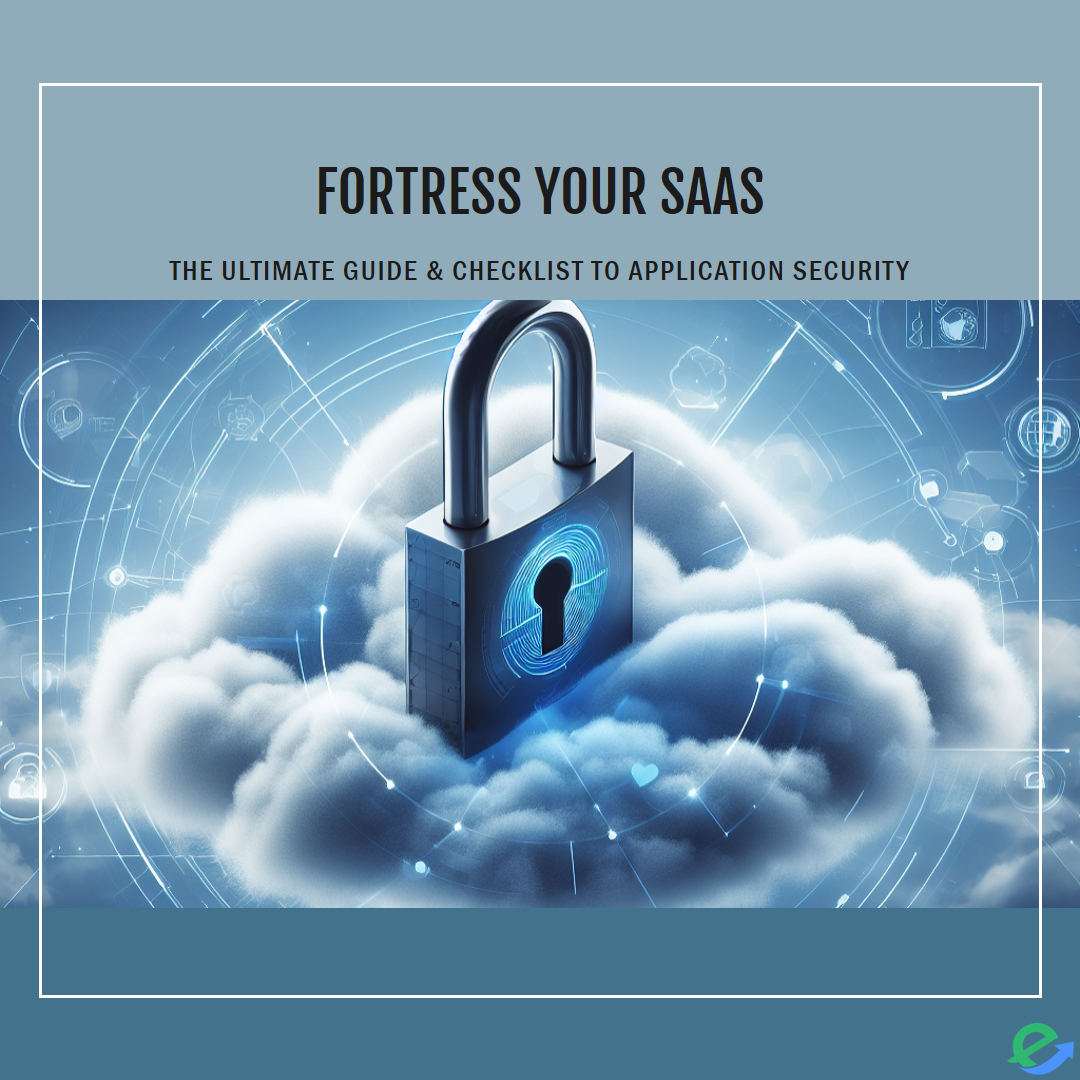Introduction:
In today’s cloud-powered world, SaaS applications are the engines driving businesses. But with convenience comes risk – your valuable data and workflows reside within these platforms, making them prime targets for cyberattacks. Fear not, security champions! This ultimate guide equips you with the knowledge and tools to build an impregnable defense for your SaaS applications.
Part 1: Understanding the SaaS Security Landscape
- Threats on the Horizon: Unmasking the common vulnerabilities lurking in SaaS environments, from data breaches and phishing attacks to insider threats and API weaknesses.
- Shared Responsibility Model: Demystifying the collaborative approach to SaaS security, where the provider builds secure infrastructure and you implement robust user management and data protection practices.
- Compliance Maze: Navigating the complex landscape of data privacy regulations like GDPR and CCPA to ensure your SaaS usage doesn’t land you in hot water.
Part 2: Building Your Security Fortress
- Access Control Fortress: Implementing multi-factor authentication, strong password policies, and role-based access control to lock down user access and prevent unauthorized intruders.
- Data Encryption Dungeon: Safeguard sensitive data at rest and in transit with robust encryption protocols to render it unreadable even if intercepted.
- Logging & Monitoring Watchtower: Continuously monitor user activity, suspicious events, and potential breaches through centralized logging and security information and event management (SIEM) tools.
- Vulnerability Patching Arsenal: Proactively identify and patch vulnerabilities in your SaaS applications as soon as they emerge to stay ahead of attackers.
- Employee Training Battalion: Arm your team with cybersecurity awareness training to educate them on phishing scams, social engineering tactics, and best practices for secure SaaS usage.
Part 3: Ultimate SaaS Security Checklist:
✅ Secure authentication (MFA, strong passwords)
✅ Role-based access control and user management
✅ Data encryption at rest and in transit
✅ Centralized logging and SIEM tools
✅ Regular vulnerability scanning and patching
✅ Cybersecurity awareness training for employees
✅ Regular security assessments and audits
Conclusion:
Securing your SaaS applications is not a one-time feat, but an ongoing journey. By understanding the threats, adopting best practices, and leveraging the provided checklist, you can build a robust security posture that protects your valuable data, ensures business continuity, and fosters trust with your customers. Remember, in the digital realm, vigilance is your sword and knowledge your shield – wield them wisely!
